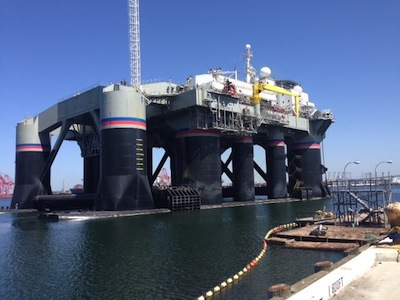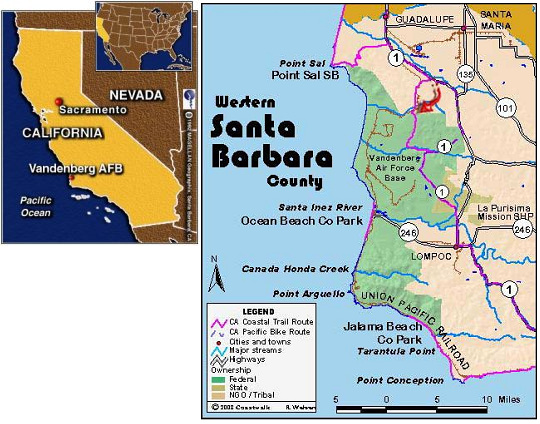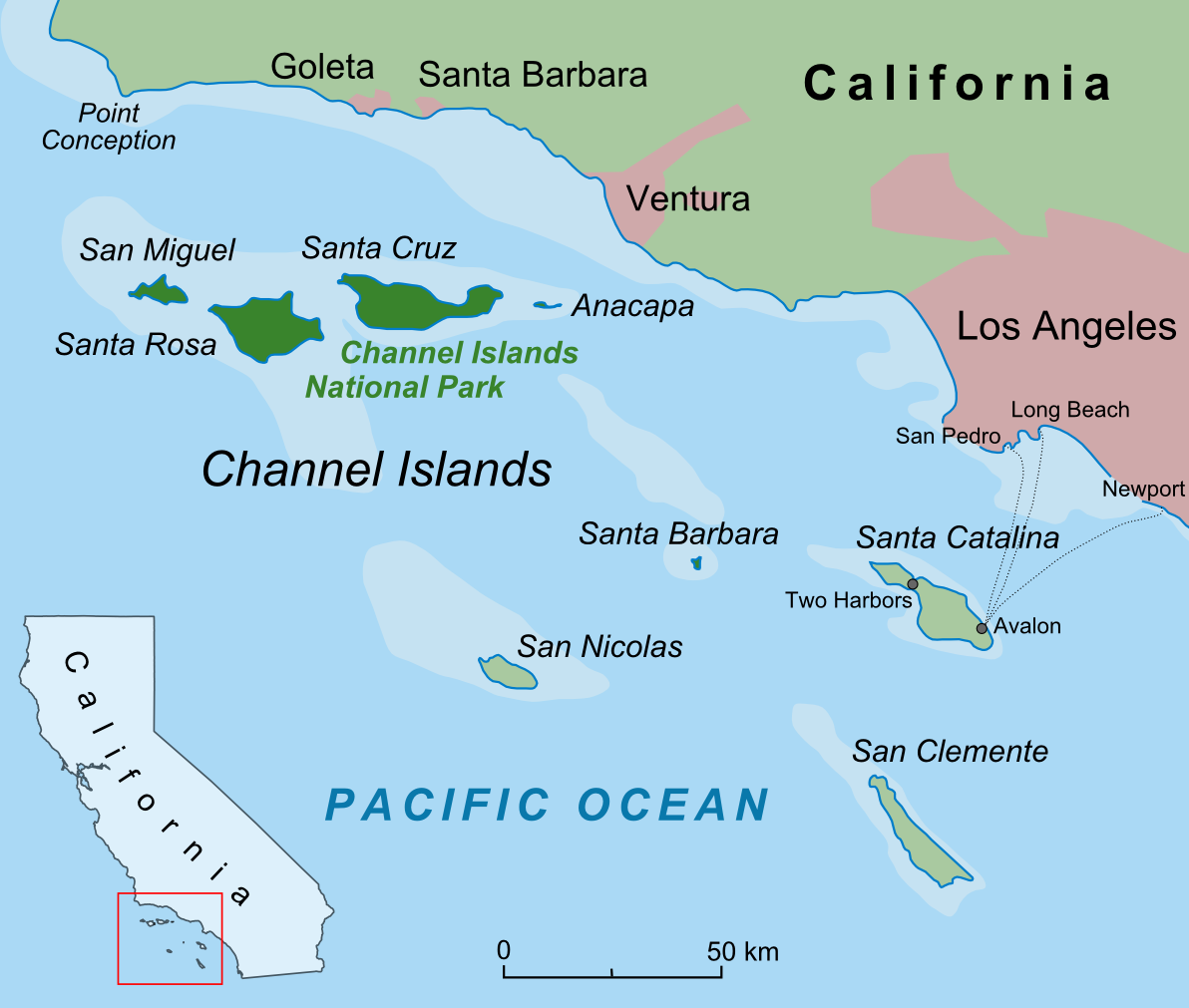Copyright 2014 Robert Clark
I was pleased to see Masten Space Systems' Xeus lunar lander won at least an unfunded SAA through the NASA Lunar Catalyst program:
Masten's XEUS lander.
Credit: NASA/Masten Space Systems, Inc.
Dave Masten and Masten Space Systems became well known among space advocates for winning the $1 million NASA Lunar Lander challenge. However, another interesting focus of his is on a Centaur-derived horizontal lander for manned landings, the Xeus lander. ULA has written articles on such a concept but Masten using a ULA donated surplus Centaur is actually working on testing one. Quite notable is that Masten believes such a lander can be developed for a few 10's of millions of dollars, orders of magnitude less than the multi-billion dollars usually estimated.If so, then this could be a low cost approach to return to the Moon.
Masten discusses this lander at about the 15 minute mark in this SpaceVidCast video:
A (mostly) commercial architecture for solar system exploration - YouTube.
>
However, I feel the connection between such a lunar lander, which can be reusable,
and a Mars manned lander still is not properly appreciated by NASA. This point was made by Mike Raftery of Boeing et.al. in a recent FISO presentation:
IAC-13, A5, 4-D2.8.4AN AFFORDABLE MISSION TO MARS.
"A lunar landing could also be on the path to Mars. The Moon could be used as a test bed for the surface systems and lander propulsion systems which will ultimately be needed for Mars. The delta velocity requirement for the Mars ascent vehicle is about 5000 meters/second; very close to what would be needed for a reusable lunar lander 5."
http://spirit.as.utexas.edu/~fiso/telecon/Raftery_5-14-14/extra-%20An%20Affordable%20Mission%20to%20Mars.pdf
Then dismissal of any plans of "return to the moon" is like cutting off your nose to spite your face. And indeed once you realize this fact, natural variations on Masten's idea that have important ramifications become readily apparent. Our European ISS partners do still have an interest in manned lunar missions. Such interest would be even greater if using European components. So a natural variation on Masten's idea would be to use an ESA stage to form the horizontal lander. And such a hydrogen-fueled stage does indeed exist in the Ariane H10-3. Moreover this is half-size to the Centaur so would result in a half-size lunar mission scale compared to that of the Centaur-based mission.
After running the numbers I was surprised to see such a lunar mission could be launched by a single Ariane 5, or Delta IV Heavy, plus a single man-rated medium lift launcher, Falcon 9, Atlas V, Soyuz, etc., to carry the crew to LEO. A quite key fact also is the IMLEO for a Mars mission is dependent on the size of the elements that need to be delivered to Mars. Then such a small Mars lander would result in a significant reduction in the IMLEO mass for a Mars mission.
All this becomes apparent once you open yourself up to the idea a lunar mission might be useful towards accomplishing a Mars mission. Or as I like to phrase it, "Free your mind, and the rest will follow."
Bob Clark








